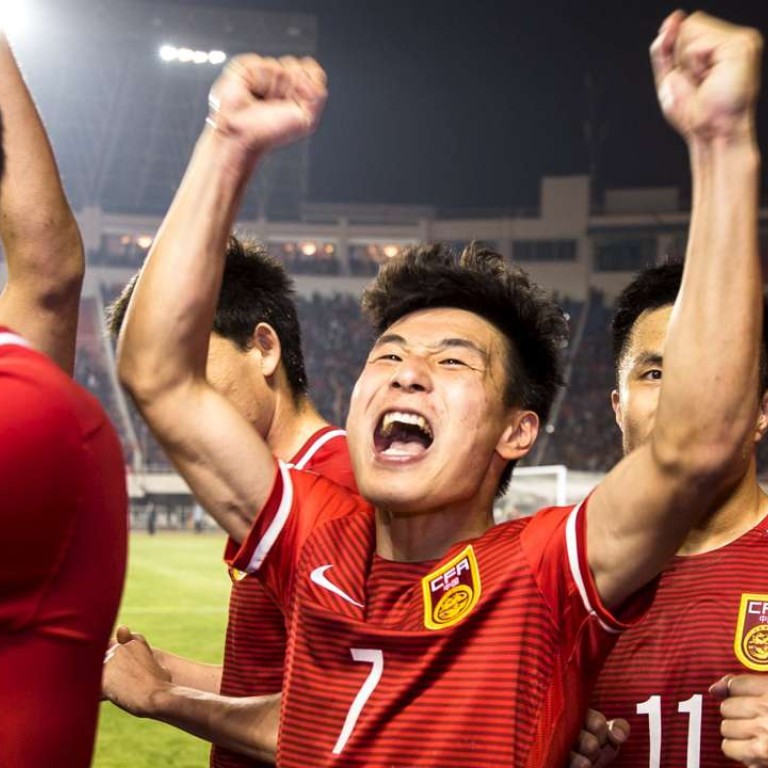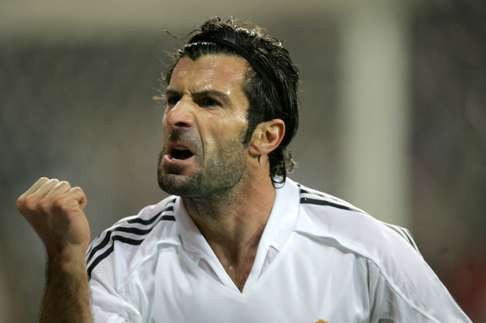
Finding Wu Lei: China are starting to lay the foundations of a youth development programme, but when will it bear fruit?
The Shanghai SIPG midfielder was dubbed “China’s Maradona” aged 13 and is closing in on 10 years since his competitive debut, but who is ready to follow in his footsteps?
Wu Lei scored once again for Shanghai SIPG on Friday to cap a 4-1 win over Shijiazhuang Everbright before they take on Jeonbuk Hyundai Motors in the AFC Champions League on Tuesday.
It’s easy to forget that Wu is only 24 given that he has now played for the SIPG first team for a decade and it will be 10 years since his debut for the then third-tier side at the beginning of next month.
SIPG’s record scorer came through the ranks at Genbao, the football academy that spawned Shanghai East Asia, and it was founder Xu Genbao – the man who signed him as a 13-year-old – that said Wu will be “China’s Maradona” while the winger was still a teenager. And 10 years on that declaration seems a little strong, but he is undoubtedly the star Chinese player.
The rest of the Chinese Super League would kill for a talent such as Wu to come through their own ranks, and nowhere more so than at Guangzhou Evergrande.
WATCH Shanghai SIPG 4-1 Shijiazhuang Everbright
The champions opened the world’s largest football academy in 2012 which houses over 2,000 pupils on its 167-acre grounds and the coaching programme is delivered by Real Madrid.
The stated aim of the academy upon its opening was for Guangzhou to field a team of only domestic players by the early 2020s, according to Xu Jiayin, the billionaire property tycoon who owns the club and founded the school.
Xu will probably achieve his wish, but given the investment in the Chinese game, the domestic players in Super League first teams of the future might actually come from outside the domestic academy system.
Foreign expertise is now being added to the domestic coaching pool, and more schools and youth coaching companies are present in the ever expanding market.

Luis Figo and Ronaldo have both launched their own football academies in China, with the Brazilian planning on opening 30 across the country over the next few years.
Their former Real teammate, Michael Owen, announced his Red Sports venture which is co-owned with Mark Wright, earlier this summer, which will include both schools and coach education programmes – although there was no mention if the ex-striker would be dusting off his boots to humiliate teenage goalkeepers like he did for the Michael Owen’s Soccer Skills video.
It’s not just Ballon D’Or winners either as former Denmark striker Ebbe Sand also has a football academy in Shanghai. And aside from former players, many European clubs have made their way East over the last few years.
WATCH Michael Owen’s Soccer Skills
Manchester United Soccer Schools had a Beijing course last year, while Manchester City recently inked a deal with the Ministry of Education allowing them to coach youngsters across the country. Meanwhile, Barcelona recently opened an FCBEscola in Qingdao, in addition to the one already open in Wuhan.
This exchange is not all one way. Guangzhou’s academy has satellite schools in Spain and Holland where they send some of their brighter prospects, while Wanda sends kids over to Atletico Madrid as part of its Future Stars programme, which is now in its fifth year, and other Chinese youth players have been to Brazil.
It’s not the elite level that will be the biggest factor in China producing more youth footballers, though, rather it is the work of the expanding industry of grassroots coaching companies and most importantly the China Schools Football Programme (CSF) run by the Ministry of Education.

Football is now part of the school curriculum and the CSF, which is implemented by American coach Tom Byer, reaches millions of children each week.
Byer, who was brought in as head technical advisor for the Chinese Football Association because of the work he did in creating a youth football culture in Japan, has said that one of the long-term goals is to increase the domestic talent pool for domestic clubs.

Mass participation in the game can only be a good thing for the Chinese game. Not everyone of them will be the next Wu Lei, but a larger talent pool is certain to pay dividends in the decades ahead, with footballers developing outside of the academy system to join it later on.
Meanwhile, the Guangzhou academy is already starting to pay dividends – 16-year-old Zhang Aokai, who joined the school in 2012, was called up to the first team squad in July.
The midfielder, who also spent time at Real’s academy as part of the Guangzhou under-13 team, is yet to make an appearance, but that too can only be a matter of time.

